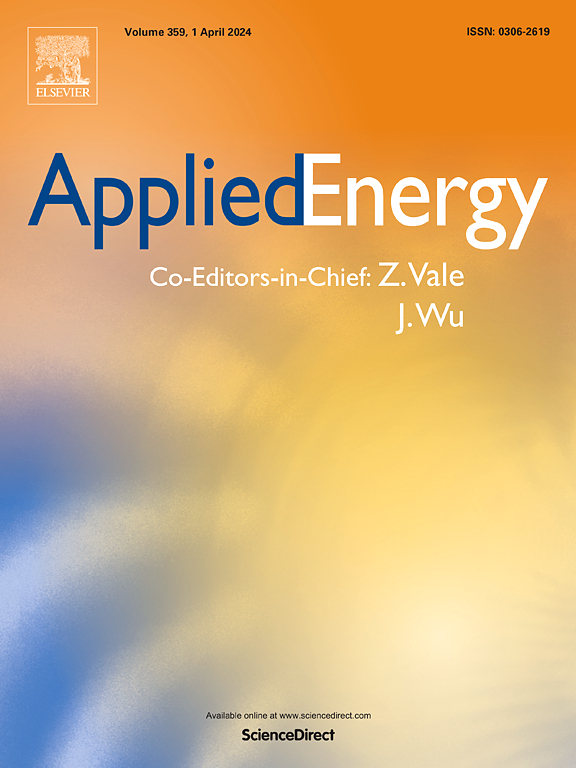Primary frequency regulation performance in hydropower systems: Precise quantification and holistic enhancement under wide-range operation
IF 10.1
1区 工程技术
Q1 ENERGY & FUELS
引用次数: 0
Abstract
Numerous hydropower units are shifting to wide-range operation (WRO, head variation is over 7 % of the rated head, and power adjustment range is more than 50 % of the rated power.), which increases the risk of failing the primary frequency regulation (PFR) assessments from the power grid. To precisely quantify and holistically enhance the PFR performance. Firstly, a flexible hydro-turbine regulation system (HTRS) simulation platform with modular subsystem switching is established to facilitate various operating conditions and comparative studies. Secondly, Prony identification is introduced to determine the stable range of the complex nonlinear HTRS, which saves more than 90 % calculation time and is more accurate compared to traditional methods. On this basis, the influence of operating conditions and major nonlinear factors on the system stability are analyzed. Finally, the regulation rise time, stable time, and integrated electricity isotropic performance indexes for PFR are designed to quantitatively evaluate the regulating quality and assessment status under WRO, with further integrated optimization of control parameters. Results indicate that the risk of units failing PFR assessments is higher during low-head operation, with the main cause being a decrease in regulation speed. Following optimization, units successfully pass the PFR assessment in all operating conditions, with the three performance indexes improved by an average of 12.1 %, 78.9 %, and 87.8 % under WRO, respectively. This study offers a reliable tool and essential guidance for analyzing and optimizing the regulation performance of hydropower units under WRO.

水电系统的一次频率调节性能:大范围运行下的精确量化和整体提升
本文章由计算机程序翻译,如有差异,请以英文原文为准。
求助全文
约1分钟内获得全文
求助全文
来源期刊

Applied Energy
工程技术-工程:化工
CiteScore
21.20
自引率
10.70%
发文量
1830
审稿时长
41 days
期刊介绍:
Applied Energy serves as a platform for sharing innovations, research, development, and demonstrations in energy conversion, conservation, and sustainable energy systems. The journal covers topics such as optimal energy resource use, environmental pollutant mitigation, and energy process analysis. It welcomes original papers, review articles, technical notes, and letters to the editor. Authors are encouraged to submit manuscripts that bridge the gap between research, development, and implementation. The journal addresses a wide spectrum of topics, including fossil and renewable energy technologies, energy economics, and environmental impacts. Applied Energy also explores modeling and forecasting, conservation strategies, and the social and economic implications of energy policies, including climate change mitigation. It is complemented by the open-access journal Advances in Applied Energy.
 求助内容:
求助内容: 应助结果提醒方式:
应助结果提醒方式:


